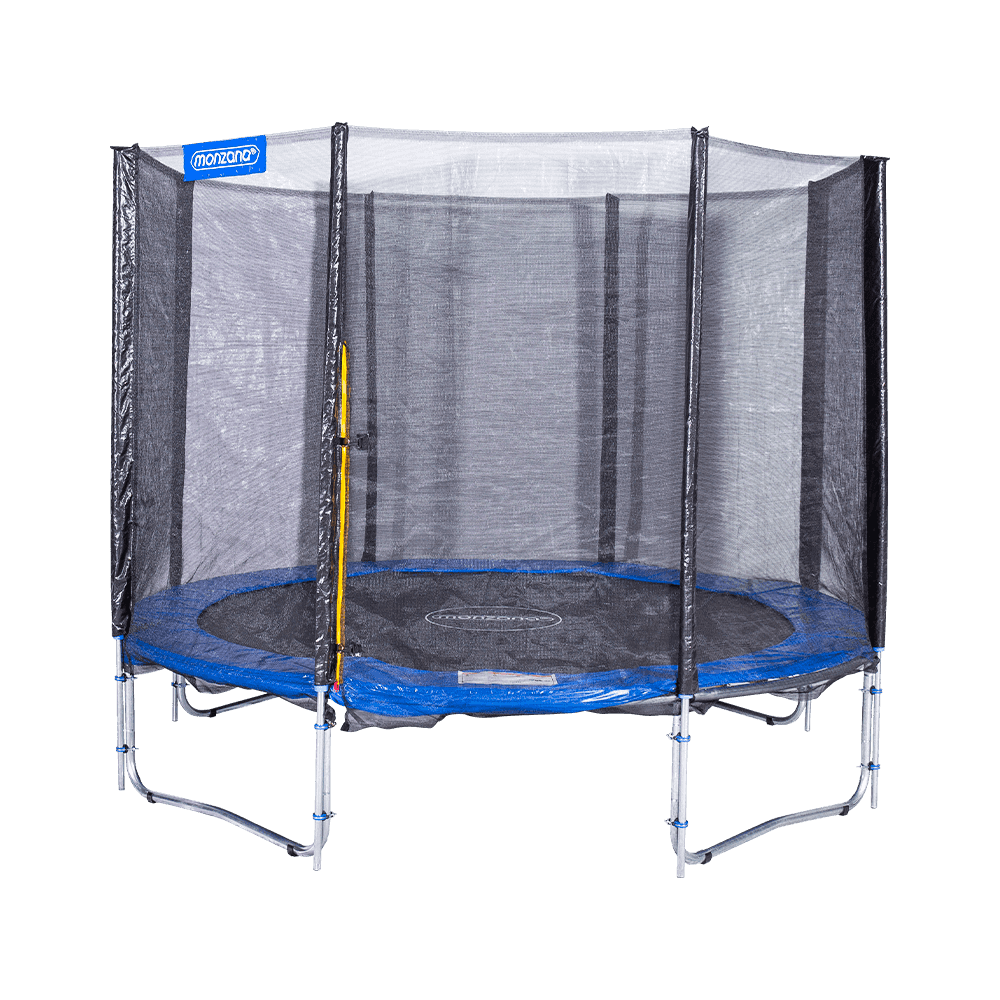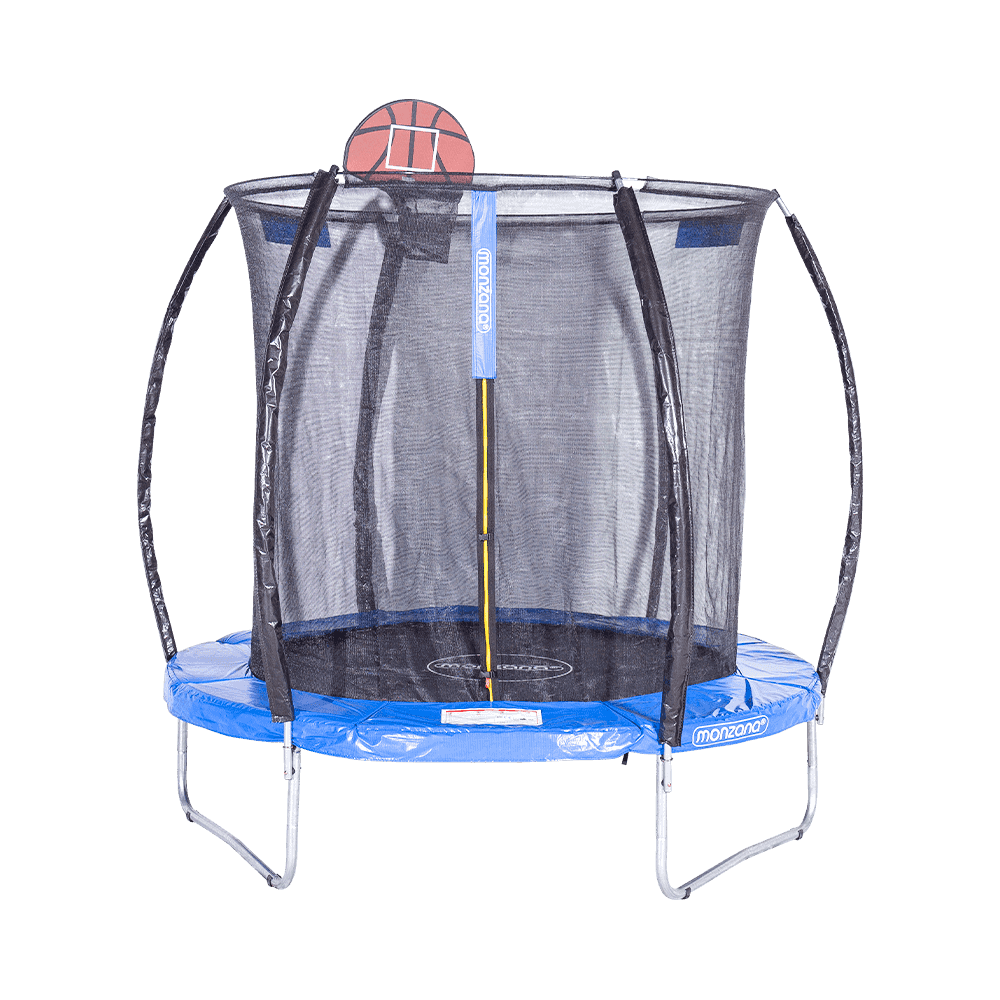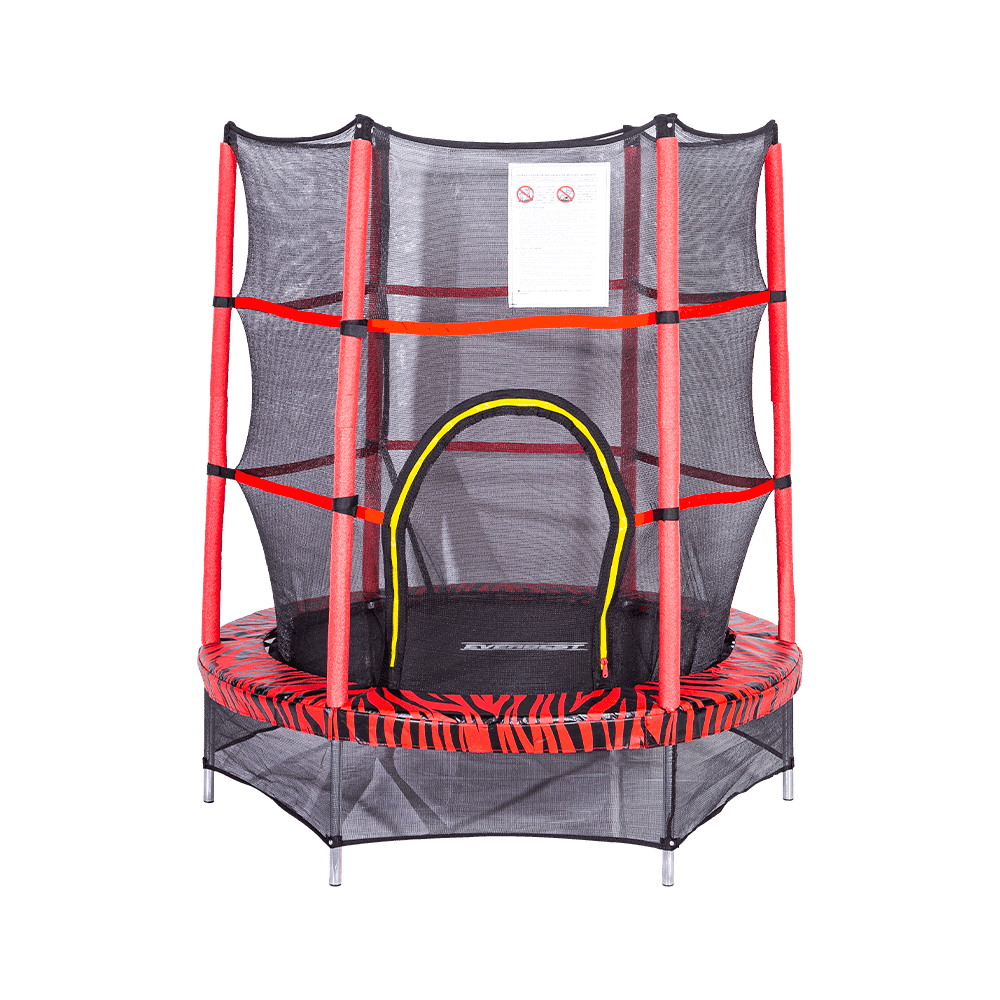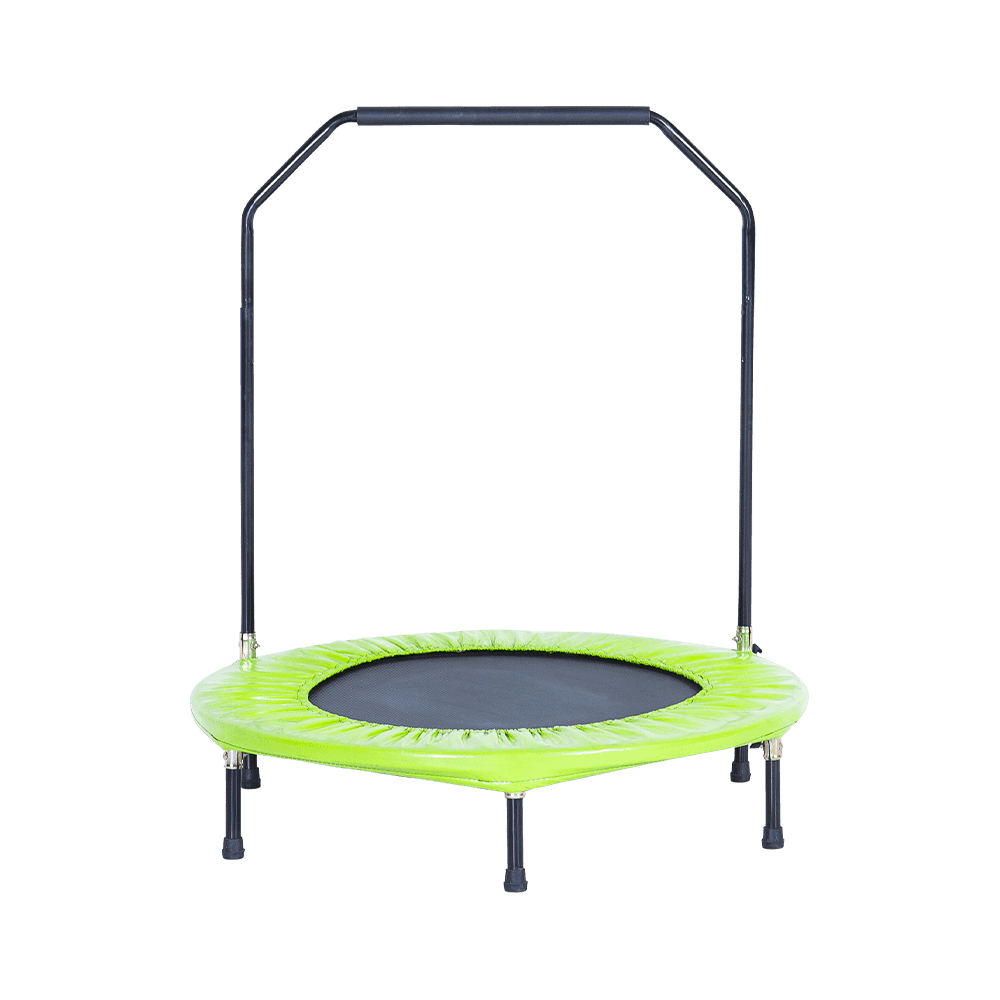What is the Role of Padding on Round Trampolines
Trampolines have become a popular feature in many backyards, providing recreation, exercise, and enjoyment for families of all ages. Among the various components that make up a trampoline, one often overlooked yet essential feature is the padding. On round trampolines, padding serves a vital role in ensuring user safety, protecting the structure, and extending the life of the equipment. Understanding how trampoline padding works and why it matters can help users maintain a safer and more durable jumping surface over time.
1. Purpose of Padding on Round Trampolines
The padding on a round trampoline primarily acts as a protective barrier that covers the springs and frame. These parts are usually made of metal, and when exposed, they can pose a significant risk of injury. The padding creates a soft cushion that prevents direct contact between the jumper and the hard structural elements of the trampoline.
When a person jumps on a trampoline, there is constant movement and shifting across the surface. It is natural for jumpers to occasionally land near the edge, where the springs and frame are located. Without padding, an accidental misstep could result in cuts, bruises, or even more serious injuries. The padding serves as a shock-absorbing layer that reduces impact and provides a safer transition from the jumping mat to the edge of the frame.
2. Materials Used in Trampoline Padding
Trampoline padding is typically made of several layers. The outer covering is often a weather-resistant material such as PVC or polyethylene. This layer protects the inner foam from moisture, sunlight, and general wear caused by outdoor exposure. Beneath the cover lies the foam, which acts as the main cushioning material. The foam may be made of closed-cell or open-cell structures, each offering different levels of protection and durability.
Closed-cell foam is denser and less likely to absorb water, making it more suitable for outdoor trampolines. Open-cell foam, while softer, tends to retain moisture and can degrade faster if left exposed to rain or humidity. The choice of foam influences not only the comfort of the padding but also its longevity. Thicker foam provides better shock absorption, while thinner padding may wear down quickly or fail to protect against strong impacts.
3. How Padding Enhances Safety
Safety is the most important function of trampoline padding. On a round trampoline, the design naturally directs jumpers toward the center, but it is still possible to move toward the edge during active play. Padding helps prevent direct exposure to the springs and frame, both of which are firm and unforgiving surfaces.
There are several safety benefits that come from proper padding:
- Reduction of Impact Injuries: The padding softens any accidental falls onto the frame or springs, minimizing bruising and abrasions.
- Prevention of Pinching and Entrapment: Without padding, feet or fingers can get caught between the coils of the springs. Padding forms a smooth, continuous surface that eliminates these gaps.
- Stabilization of Edges: The padding offers a level transition between the mat and the outer frame, reducing the chance of tripping or sliding off unexpectedly.
- Encouragement of Safe Use: A well-padded trampoline gives users more confidence, particularly for children, leading to more cautious and centered jumping.
Although padding cannot prevent every possible accident, it significantly reduces the likelihood and severity of common trampoline-related injuries.
4. Structural Protection Provided by Padding
In addition to protecting users, padding also helps preserve the trampoline itself. The foam layer absorbs some of the stress and vibration that occurs during use. This cushioning effect reduces strain on the springs and frame connections over time. When exposed metal is constantly hit or stressed, it can weaken or deform. Padding acts as a barrier that minimizes these effects.
Furthermore, the weather-resistant outer layer shields the frame and springs from environmental exposure. Rain, snow, and sunlight can cause rust or corrosion in metal components. By covering these parts, the padding helps delay the effects of oxidation and wear. This contributes to a longer overall service life for the trampoline.

5. Design Considerations for Effective Padding
Not all trampoline pads are equal. Their effectiveness depends on design features such as thickness, coverage area, attachment method, and material quality. For round trampolines, the padding is shaped as a circular ring that fits securely over the frame and springs.
Several factors influence how well the padding performs:
- Thickness: Thicker padding provides better protection but may be heavier and more expensive. A typical range is between 0.5 to 1 inch of foam thickness.
- Width: The padding should extend far enough to fully cover all the springs and overlap slightly onto the jumping mat.
- Attachment Method: Padding is usually fastened with straps, elastic bands, or Velcro. Secure attachment prevents shifting during use.
- Material Durability: High-quality UV-resistant covers prevent fading and cracking, ensuring the padding remains intact through different weather conditions.
Choosing padding that matches the correct size and design of the trampoline ensures a snug fit, which is critical for safety and functionality.
6. Installation and Maintenance of Trampoline Padding
Installing trampoline padding is relatively simple but must be done carefully. The padding should fully cover all metal parts around the perimeter, leaving no gaps. Before installation, it is important to check that the trampoline is level and that the frame and springs are securely attached.
To install the padding:
- Lay the padding ring flat around the outer edge of the trampoline.
- Align the inner edge of the padding with the edge of the jumping mat.
- Secure the straps or ties beneath the frame, ensuring an even fit all around.
- Check for tightness to prevent slipping or movement during use.
Maintenance is equally important for ensuring longevity. Padding should be inspected regularly for signs of wear such as tears, fading, or compressed foam. Any damage should be addressed immediately to prevent exposure of metal components. Cleaning can be done using mild soap and water. Harsh chemicals or abrasive tools should be avoided, as they may degrade the protective covering.
During winter or periods of extended disuse, it is recommended to either cover the trampoline or remove the padding entirely and store it in a dry location. Prolonged exposure to freezing temperatures or direct sunlight can cause cracking and stiffness in the materials.
7. Common Problems with Trampoline Padding
Despite its importance, trampoline padding is often the first part to wear out. Common issues include fading, tearing, loss of elasticity, or foam compression. These problems are usually caused by exposure to UV rays, moisture, and physical wear from regular use.
Over time, foam can become less resilient and lose its ability to absorb impact. Similarly, the outer cover may crack or peel, especially if the trampoline is kept outdoors year-round. Loose or damaged straps can cause the padding to shift out of place, exposing dangerous areas of the frame. When these problems occur, the padding should be repaired or replaced promptly.
Regular inspection and maintenance are the best ways to prevent such deterioration. Some users choose to apply protective covers or use additional shade to reduce sunlight exposure, extending the life of the padding.
8. The Role of Padding in Enhancing User Confidence
An often-overlooked benefit of padding is psychological. Jumping on a trampoline can be intimidating, especially for children or beginners. Knowing that the edges are protected by thick, soft padding provides reassurance and reduces hesitation. This increased sense of safety allows users to focus on their balance and coordination rather than worrying about potential injuries.
Confidence is an essential part of safe trampoline use. A jumper who feels secure is more likely to remain centered and maintain control during activity. Therefore, padding contributes indirectly to better jumping behavior and overall enjoyment.
9. Evolving Standards and Improvements in Padding Design
Trampoline manufacturers and safety organizations have continued to improve padding designs over the years. Modern trampolines often include high-density foams, UV-resistant covers, and better fastening systems. In some designs, the padding is integrated with the safety net for complete enclosure protection.
There are also innovations such as springless trampolines, which use flexible rods or elastic bands instead of traditional metal springs. Although these models reduce the need for extensive padding, they still include edge protection to maintain a uniform jumping surface.
Standards from safety organizations emphasize the importance of adequate padding as part of trampoline design. Meeting these standards ensures that products provide consistent safety levels for users of all ages.
10. Conclusion
Padding plays an indispensable role in the design and safety of round trampolines. It serves as both a physical and psychological safeguard, reducing injury risks, protecting the structure, and enhancing the overall user experience. The combination of foam cushioning and durable outer material provides a reliable shield between the jumper and the metal frame.
A well-maintained padding system not only prolongs the life of the trampoline but also sustains its safety performance over time. Regular inspection, cleaning, and replacement when necessary are simple steps that make a significant difference in trampoline safety.
In essence, while the jumping mat and springs might seem like the most active components of a trampoline, the padding quietly performs a vital task every time someone takes a leap. It cushions, shields, and reassures, allowing users to enjoy the simple joy of bouncing with confidence and safety. Understanding its purpose and caring for it properly ensures that every jump remains a secure and enjoyable experience.
If you have any questions, please fill out the contact form at the bottom of the page and contact us.







